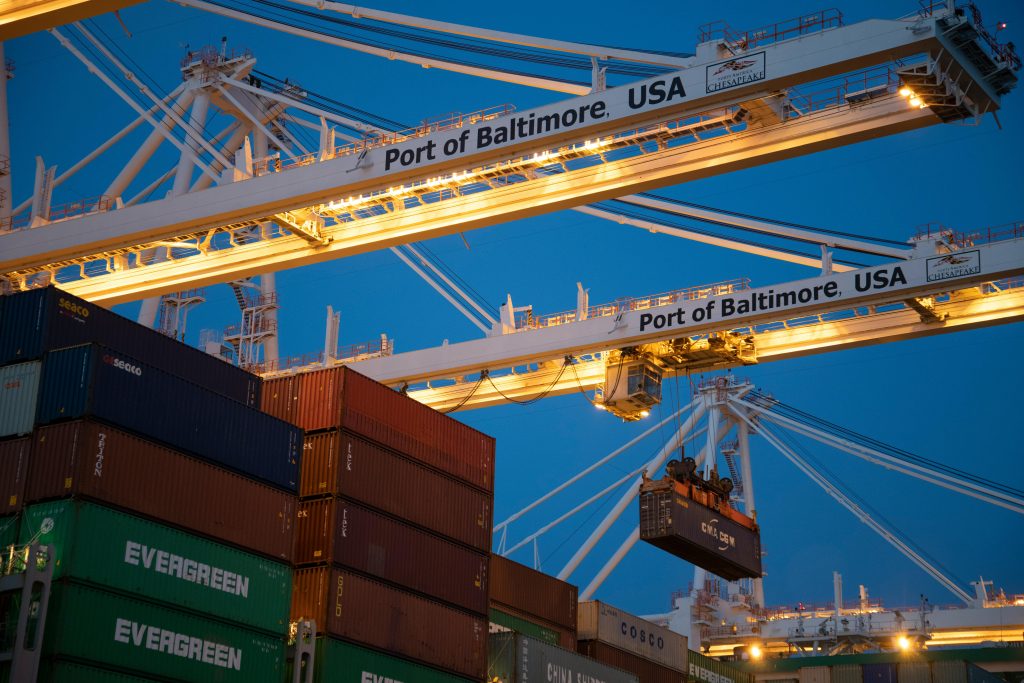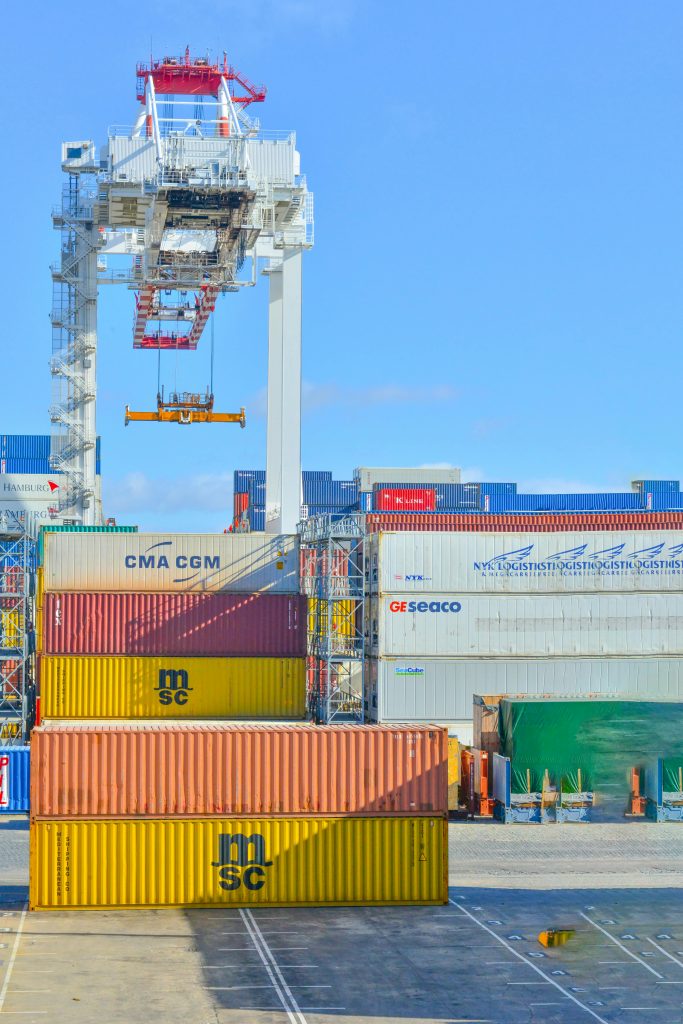Understanding TEU (Twenty-foot Equivalent Unit)

TEU Container Loading Optimizer
Optimize your container loading based on TEU capacity and cargo volume.
About TEU and Container Loading
TEU (Twenty-foot Equivalent Unit) is a standard measure used in container shipping. Efficient loading based on TEU can significantly reduce shipping costs and improve logistics efficiency. This tool helps you determine the optimal container configuration for your cargo volume.
What is TEU?
It is based on the volume of a 20-foot-long intermodal container, which is a standard size used globally. Understanding TEU is essential for businesses involved in international trade, shipping, and logistics, as it helps in planning and optimizing cargo transportation.
Importance of TEU in Shipping
TEU provides a universal measurement that simplifies the logistics and transportation process. It allows for uniformity in cargo planning and capacity calculation.
Knowing the TEU capacity of containers and ships helps in effective cargo planning and utilization of space
TEU is used to calculate shipping costs, making it easier for businesses to estimate and manage logistics expenses.
Standardized measurements like TEU enhance operational efficiency, enabling better coordination among shipping companies, ports, and logistics providers.

How TEU is Calculated
Understanding TEU Measurement
A TEU represents the dimensions of a standard 20-foot-long container, which is typically 20 feet long, 8 feet wide, and 8.5 feet high.
A 40-foot container is equivalent to 2 TEUs because it is twice the length of a 20-foot container.
These containers are 9.5 feet high but still measured in TEUs for standardization.

Twenty-foot Equivalent Unit in Practice
The capacity of container ships is often expressed in TEUs. For example, a ship with a capacity of 10,000 TEUs can carry 10,000 20-foot containers.
Ports measure their throughput in TEUs to standardize cargo handling and storage operations.
Logistics companies use TEU measurements to optimize load planning, route selection, and cost management.
Benefits of Using TEU
Advantages for Businesses
- Simplified Planning: TEU provides a straightforward way to plan and manage cargo loads.
- Cost Efficiency: Standardized measurements help in negotiating and calculating shipping rates accurately.
- Flexibility: TEU allows for flexibility in cargo operations, accommodating various container sizes and types.
- Global Standard: TEU is recognized internationally, facilitating seamless global trade and logistics operations.
Common Misconceptions about Twenty-foot Equivalent Unit
Clarifying Frequent Confusions
- TEU vs. FEU: A Forty-foot Equivalent Unit (FEU) is not the same as a TEU. One FEU equals 2 TEUs.
- Weight vs. Volume: TEU measures volume capacity, not weight. The actual weight a container can carry depends on its construction and regulations.
- High Cube Containers: While these containers are taller, they are still measured in TEUs for standardization purposes.

FAQs
Answers to Common Questions
- What does TEU stand for?
- TEU stands for Twenty-foot Equivalent Unit, a standard measure in shipping.
- How is TEU calculated?
- TEU is based on the dimensions of a standard 20-foot container. A 40-foot container equals 2 TEUs.
- Why is TEU important in shipping?
- TEU standardizes cargo measurement, aids in capacity planning, cost calculation, and operational efficiency.
- What is the difference between TEU and FEU?
- One FEU (Forty-foot Equivalent Unit) is equal to 2 TEUs.
- Can TEU be used to measure weight?
- No, TEU measures volume capacity, not weight. The weight capacity depends on container specifications and regulations.
Conclusion
The TEU (Twenty-foot Equivalent Unit) is a fundamental unit of measurement in the shipping and logistics industry. It standardizes the way cargo capacity is measured and calculated, facilitating efficient planning, cost management, and operations. Using logistics software like linbis will help with calculation and logistics documentation. Understanding TEU is essential for businesses engaged in international trade and logistics, as it provides a common language for global shipping practices. For more information on container security Initiative visit the CBP website.
